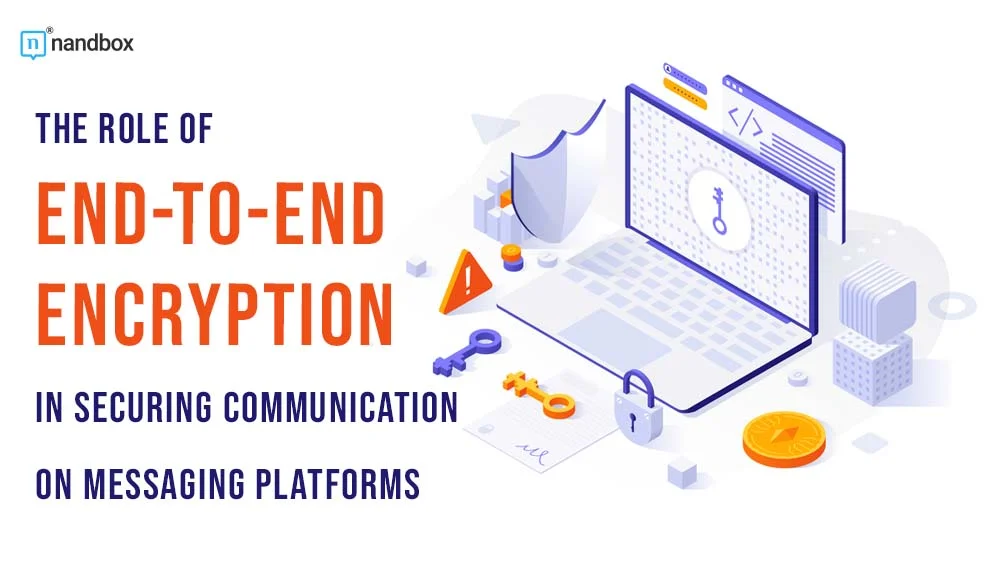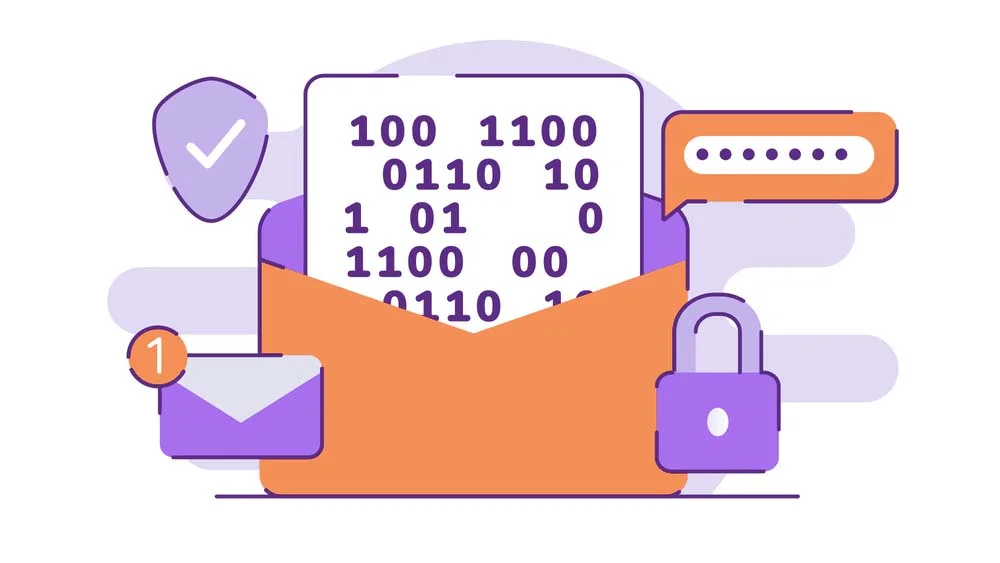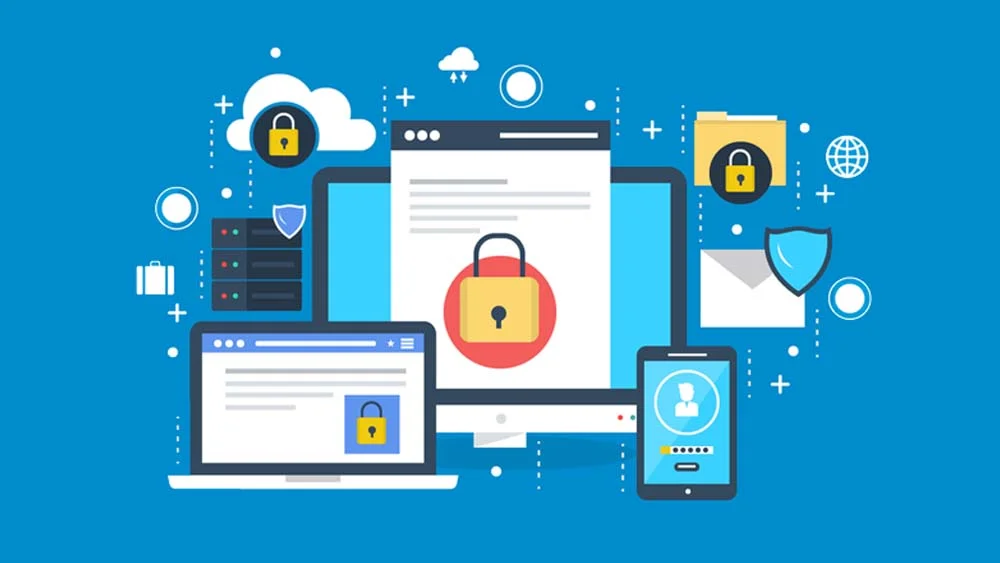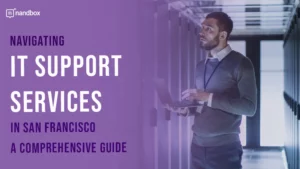End to End Encryption Security: Its Role in Securing Communication on Messaging Platforms
In today’s era of widespread digital interconnectivity, the need for private and secure communication is paramount. End-to-end encryption security (E2EE) has become essential, transforming messages into indecipherable code from sender to receiver, ensuring that only the intended recipient can decode them. This is akin to sharing secrets in a crowded room, knowing only your trusted confidant will understand. E2EE not only preserves individual privacy but also strengthens security in our digitally vulnerable world. Join us as we explore the intricacies of E2EE and learn how to protect your digital communications.
1. Defining End-to-End Encryption:
End-to-end encryption, also known as E2EE, is a security protocol that encrypts data at the sender’s end and decrypts it at the receiver’s end. This assures that only the sender and the recipient of a message can access the contents of the message. E2EE guarantees that communications stay encrypted throughout the transmission process, hence decreasing the danger of interception and illegal access. This is in contrast to typical encryption systems, which decode data at intermediary points. This powerful encryption system is dependent on cryptographic keys that are issued and kept by the parties that are talking. This ensures that even service providers or platform administrators are unable to view the plaintext content of communications.
– Darren Lehmann, Director at Frontline Collections
2. End-to-End Encryption Working:
The messages are encrypted using a one-of-a-kind key that is only known to the sender and the receiver. This process ensures messages remain unreadable to unauthorized parties, even if intercepted. Encryption occurs on the user’s device, preventing the messaging platform from accessing plaintext data. A symmetric key encrypts the communication, further secured with the recipient’s public key. Upon receipt, the recipient’s device uses its private key to decrypt the symmetric key, and then the message itself. This method ensures only the intended recipient, who holds the corresponding private key, can access the decrypted message, maintaining the communication’s privacy and integrity.
– Gregory Shein, CEO at Nomadic Soft
3. Ensuring Confidentiality and Privacy:
End-to-end encryption ensures that only the intended recipient can access the decrypted message, thus protecting the privacy and confidentiality of communications. By encrypting messages so that only the sender and receiver possess the necessary decryption keys, E2EE shields sensitive information from hackers, government surveillance, and even the messaging platform itself. This security measure not only safeguards private conversations but also protects vital corporate communications, trade secrets, and intellectual property from access or interception by unauthorized parties.
– Craig Hawthorne, writer at Modest Money
4. Protecting Against Unauthorized Access:
End-to-end encryption (E2EE) ensures messages are encrypted from sending to storage, greatly reducing the risk of data breaches. Even if hackers access a messaging service’s servers, they’d find only encrypted, unusable data without the decryption keys. E2EE offers added security for cloud-based services with remote servers and guards against man-in-the-middle attacks by making intercepted communications unreadable without the keys.
Mark McShane, Digital PR Agency Owner, Cupid PR
5. Strengthening Trust Between Users:
Knowing their conversations are secure, users feel more confident in sharing sensitive information, fostering trust crucial for both personal and professional exchanges. This trust, stemming from messaging platforms’ commitment to privacy via end-to-end encryption (E2EE), boosts user loyalty and engagement. As a result, platforms that prioritize E2EE see higher adoption rates, enhancing their success in the competitive messaging market.
– Laura Capon, Lead Researcher & Gardener at Price My Garden
6. Addressing Regulatory Compliance:
Messaging platforms can comply with data protection rules with the assistance of end-to-end encryption. This encryption ensures that user messages are kept secure and are not accessible to any third parties. It is of utmost significance in sectors that are subject to stringent regulatory standards, such as the healthcare industry, the financial sector, and the legal services sector, where secrecy is of the utmost importance. Messaging platforms can avoid potential legal and financial repercussions associated with data breaches or privacy violations by demonstrating compliance with regulations like the General Data Protection Regulation (GDPR) and the Health Insurance Portability and Accountability Act (HIPAA). They achieve this through the implementation of robust encryption measures.
– Alex Miningham, CEO of Breakout
7. Challenges and Controversies:
While end-to-end encryption (E2EE) enhances security, it poses challenges like hindering criminal investigations and complicating government access for law enforcement. Governments argue E2EE limits their ability to fight crime and gather intelligence, sparking debates on balancing privacy protection with public safety. Additionally, E2EE’s misuse by malicious actors for illegal activities or spreading disinformation raises concerns for law enforcement and national security. These challenges highlight the complex trade-offs between individual privacy rights and societal security interests, underscoring the need for ongoing dialogue and cooperation among tech companies, governments, and civil organizations to address these issues effectively.
– Windy Ko, HARO links specialist at HARO Link Building
8. Future Outlook and Innovations:
New developments in E2EE technologies, including cloud-based quantum software, offer the potential to significantly improve the safety of communication. This is because the importance of privacy is only going to continue to increase. To keep one step ahead of new vulnerabilities and threats, researchers and developers are always working on developing new encryption approaches. This helps to ensure that end-to-end encryption continues to be a dependable barrier against unwanted access and surveillance. Additionally, developments in key management, cryptographic algorithms, and secure communication protocols are driving the advancement of E2EE, which is improving its robustness, scalability, and user-friendliness. In the future, the incorporation of E2EE into emerging technologies such as Internet of Things (IoT) devices, decentralized networks, and platforms based on blockchain has the potential to revolutionize digital privacy and security. This would enable individuals and organizations to communicate and collaborate securely in a world that is becoming increasingly connected.
– Sasha Quail, Business Development Manager of claims.co.uk
Conclusion
End-to-end encryption (E2EE) has become a key measure to ensure the privacy and integrity of messages on digital platforms amid increasing data security concerns. By encrypting messages from sender to recipient, E2EE safeguards against unauthorized access and surveillance, enhancing user confidence. Despite ongoing challenges and debates, advancements in encryption technology suggest a bright future for communication security. Understanding and implementing E2EE is crucial for adapting to the dynamic landscape of digital communication.







